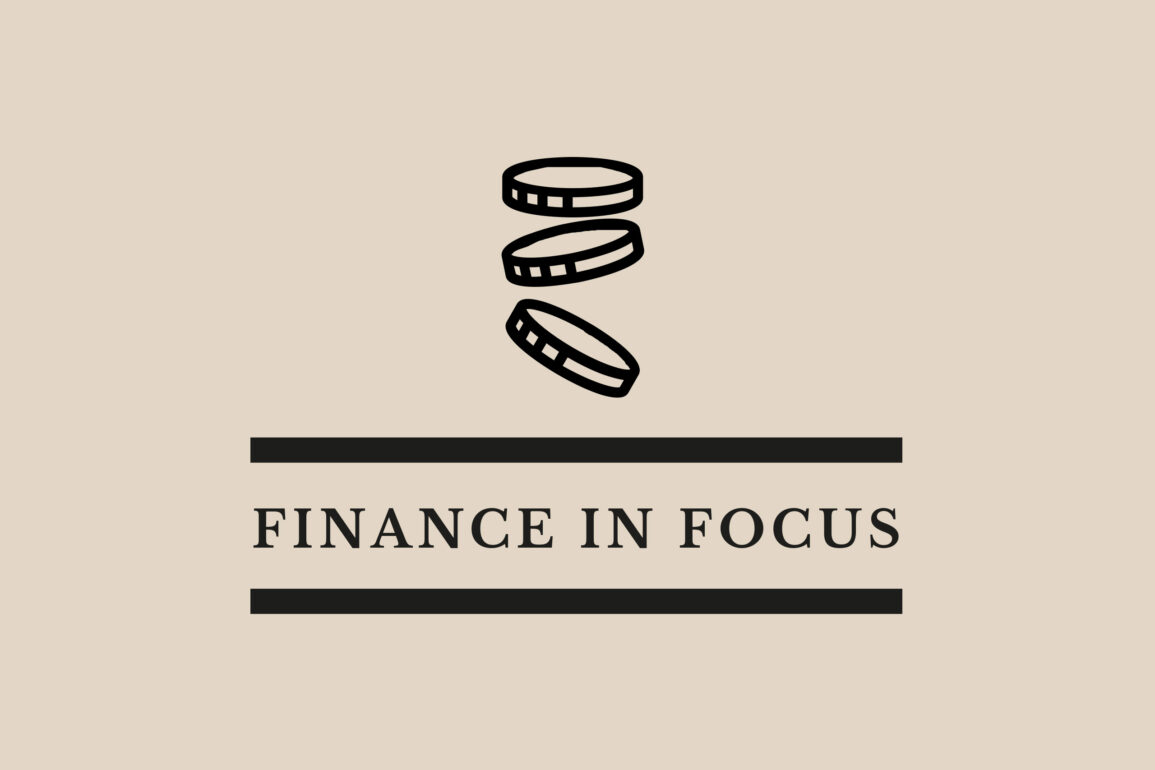There are numerous benefits to having a foundation as the owner of a company. Delphine Bottge, lawyer and academic fellow at the University of Geneva’s Centre for Philanthropy , has published a new study on foundations as shareholders.
‘A foundation is a long-term shareholder by nature – which has numerous benefits for the company and its other stakeholders,’ says Delphine Bottge. Especially when it comes to establishing family governance, or finding a successor for a founder who respects their vision, for example. It’s a model that can take many forms, but it’s not the ideal solution in every case: ‘The overriding intention is key,’ she explains. The formation of the foundation, its structure and governance always need to be carefully planned. Bottge is a lawyer and has been conducting research on the topic at the Centre for Philanthropy at the University of Geneva for the last five years. She recently published a book entitled Les fondations actionnaires en Suisse (Foundations as shareholders in Switzerland).
The founder’s vision
As part of her research, Delphine Bottge investigated a sample group of 106 foundations in Switzerland that are stakeholders in over 2,000 companies. Shareholder foundations (also known as holding foundations) do not constitute a separate legal category in their own right. ‘The term refers to a foundation owning a major stake in one or more commercial companies, independent of the foundation’s statutory objectives,’ clarifies Delphine Bottge, quoting a statement by the Federal Court. A shareholder foundation can have public interest as its objective. Owning shares can be one of the foundation’s means of achieving its statutory objectives, by using the dividends gained in its role as a shareholder. It can have an economic objective, such as the continuation of the company, in which net profits are reinvested. Its objective can also be a combination of the two. The relationship between the foundation and the company can take many forms (whole or partial ownership, alongside family shareholders or investors, direct ownership of the company or ownership via a holding company, etc.). Whatever the format, says Bottge, the structure of a foundation makes it a long-term shareholder by nature: ‘A foundation doesn’t have an owner; it’s run by a board in accordance with its statutory objectives, and there’s very little room for manoeuvre when it comes to these objectives.’ This ensures that the foundation stays true to its founder’s vision. It also guarantees stability and consistency for the company in question, even in times of crisis. Bottge cites recent studies indicating that companies owned by foundations have a longer lifespan than most companies and are more resilient during periods of crisis.
The benefits
When a foundation is a company shareholder, it is not compelled to try and maximise the company’s short-term revenue. As companies owned by foundations are not driven by the same need to pursue profit at all costs, they are much more likely to invest in research and development, and ensure favourable working conditions for their employees. ‘This model seems to have a positive impact on employee motivation, too. Employees tend to be more strongly invested in the corporate culture, the company and its founder,’ notes Bottge. She also highlights another benefit: ‘Foundations prioritise the founder’s vision and preserve the company’s independence. They also ensure that the company remains rooted in the local area.’ According to Bottge creating a shareholder foundation can also prove advantageous when it comes to establishing family governance. The foundation takes on the role of mediator and unifier with regard to family shareholders over multiple generations. The governance principles can be set out in a family charter, which also establishes provisions for selling company shares. ‘The foundation itself can pursue a public interest objective and act as an agent for carrying out the family’s philanthropic aims.’
Not for everyone
The sector in which the company operates makes no difference – as a survey of around 2,000 Swiss companies has shown: ‘There’s a very broad spectrum, including in terms of company size, ranging from start-ups to SMEs to multinationals,’ says Bottge. The foundations own companies both in Switzerland and abroad, some of which are listed on the stock exchange. The survey included prominent brands such as Lindt & Sprüngli, Victorinox and Rolex, l’École hôtelière de Lausanne, Ethos, the daily newspaper Le Temps and the football club Servette FC.
There are numerous challenges, however, as Bottge observes: ‘Structuring the project takes times, as it’s crucial to fully understand and set out the intentions behind it, including taking into account all entrepreneurial, familial and personal considerations, and the values of the founder.’ The continuation of the company generally depends on its success when it was managed by its original founder – often based on their own personal character – as well as on the quality of the governance and management structures in place, and is rooted in the company values and a certain degree of financial stability. Bottge also stresses the importance of respecting any financial and succession requirements (forced heirship). However, she remains convinced of the benefit of the model, as long as it is set up with care: ‘Recent studies show that companies owned in whole or in part by a foundation perform the same as classic family-owned businesses – and have a greater societal impact.’
Setting up the model
The company doesn’t necessarily have to be created before the foundation. ‘Some foundations expand their profit-making activities by creating a “subsidiary” consisting of a company in which the foundation is the sole shareholder, with the aim of diversifying and sustaining the sources of funding for their public interest activities,’ explains Bottge. The approach works well in the context of social enterprises, too: ‘Rejecting a model that prioritises shareholder profits above all else and opting for one that combines profit-making and non-profit mindsets is particularly relevant for social enterprises, which have flourished over the past two decades. Having a shareholder foundation is a particularly effective approach if you want to unite both financial and non-financial objectives.’ This structure generally meets the needs of all the company’s stakeholders – suppliers, employees and society as a whole. ‘The model also allows companies to pursue strong, consistent philanthropic goals,’ adds Bottge. Switzerland is not the first to implement this model; it is widespread in Scandinavian countries in particular. Brands such as Carlsberg and Lego are owned by foundations, for example. ‘In Denmark, half of the listed companies are owned by foundations,’ says Bottge. ‘Thanks to pioneering entrepreneurs, the model is also becoming increasingly popular in countries where there has traditionally been a strong cultural divide between business and philanthropy, such as France.’


